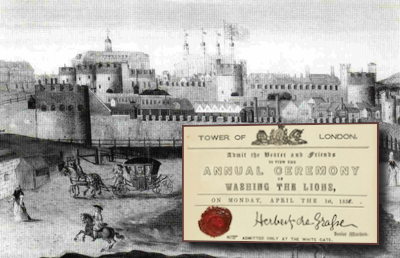In April 1934, many American newspapers (including
The New York Times) printed a photograph of a man flying through the air by means of a device powered only by the breath from his lungs. Accompanying articles excitedly described this miraculous new invention. The man, identified as German pilot Erich Kocher, blew into a box on his chest. This activated rotors that created a powerful suction effect, lifting him aloft. Skis on his feet served as landing gear, and a tail fin allowed him to steer. What the American papers didn't realize was that the "lung-power motor" was a joke. The photo had first appeared in the April Fool's Day edition of the
Berliner Illustrirte Zeitung. It made its way to America thanks to Hearst's International News Photo agency which not only fell for the hoax but also distributed it to all its U.S. subscribers. In the original article, the pilot's name was spelled "Erich Koycher," which was a pun on the German word "keuchen," meaning to puff or wheeze.


The Top 100 April Fool's Day Hoaxes of All Time
Other April Fool resources at the Museum include: the April Fool Archive (a year-by-year archive of the entire history of the celebration), the Origin of April Fool's Day, the April Fool FAQ, and the Top 10 Worst April Fools Ever. Also, you can find more info about most of the hoaxes in the Top 100 list by clicking their title or thumbnail.